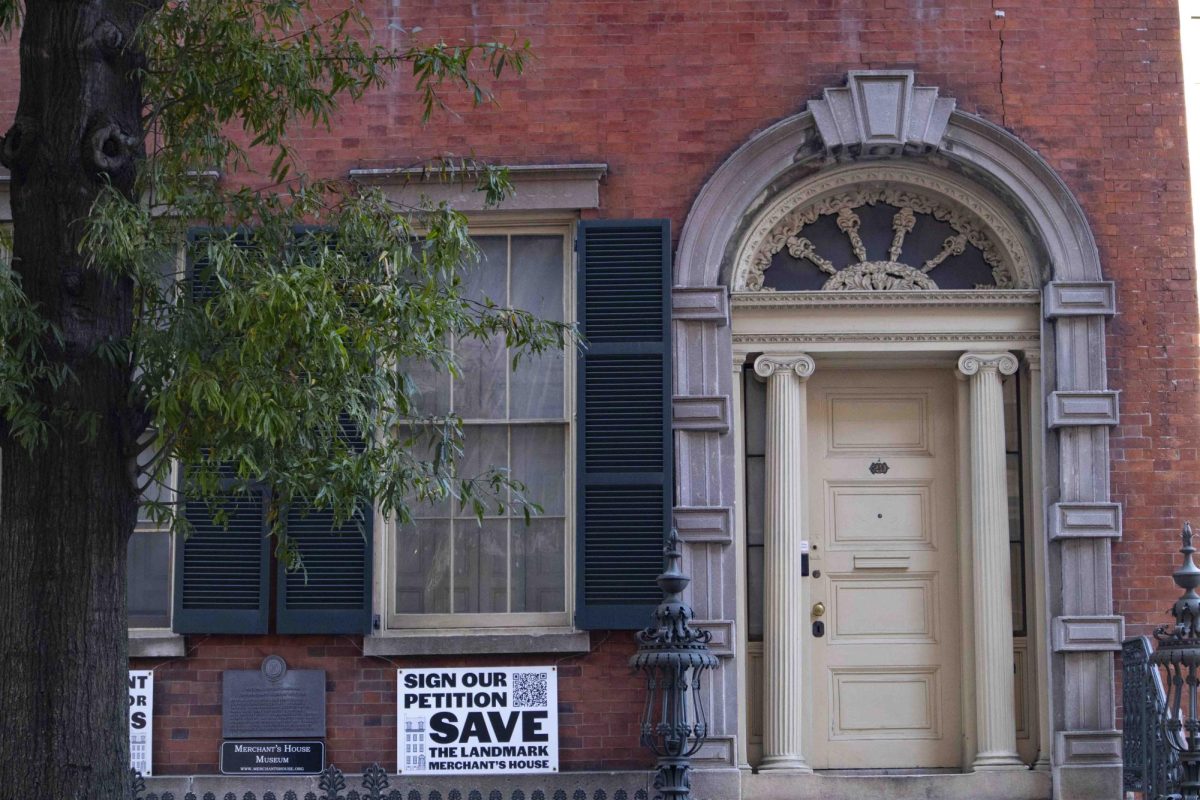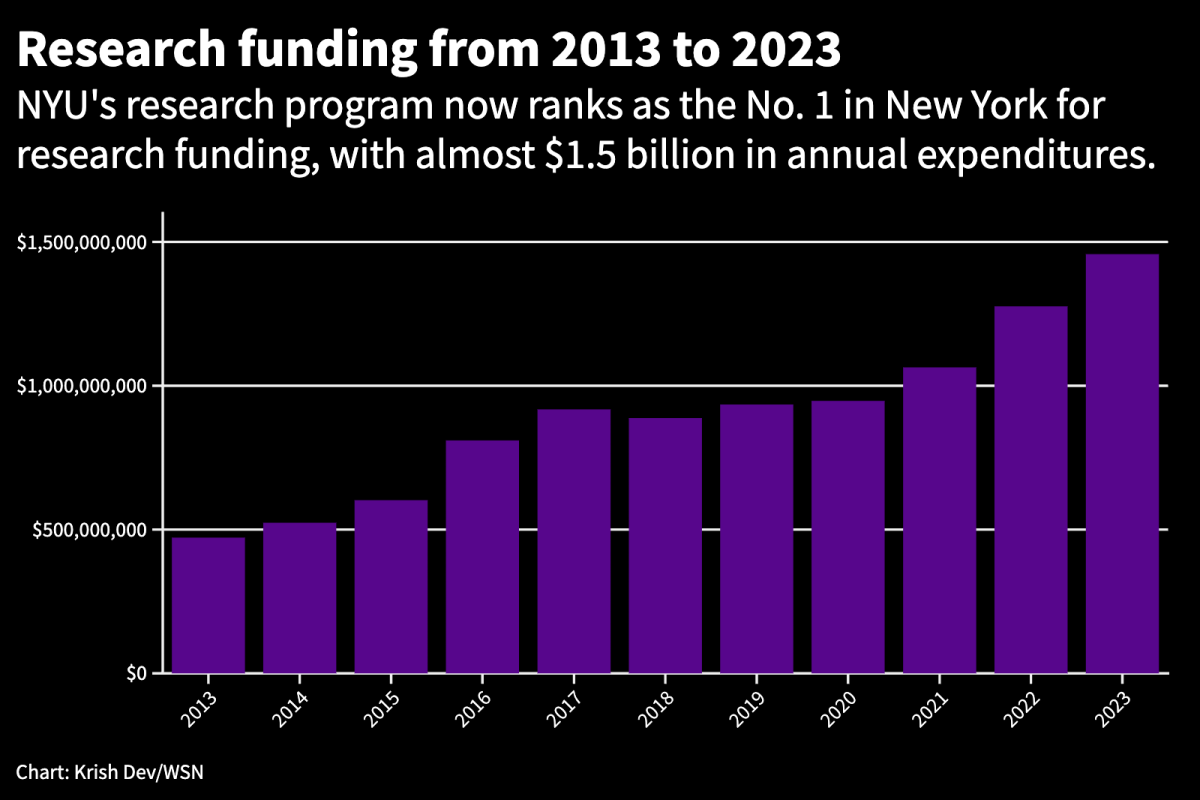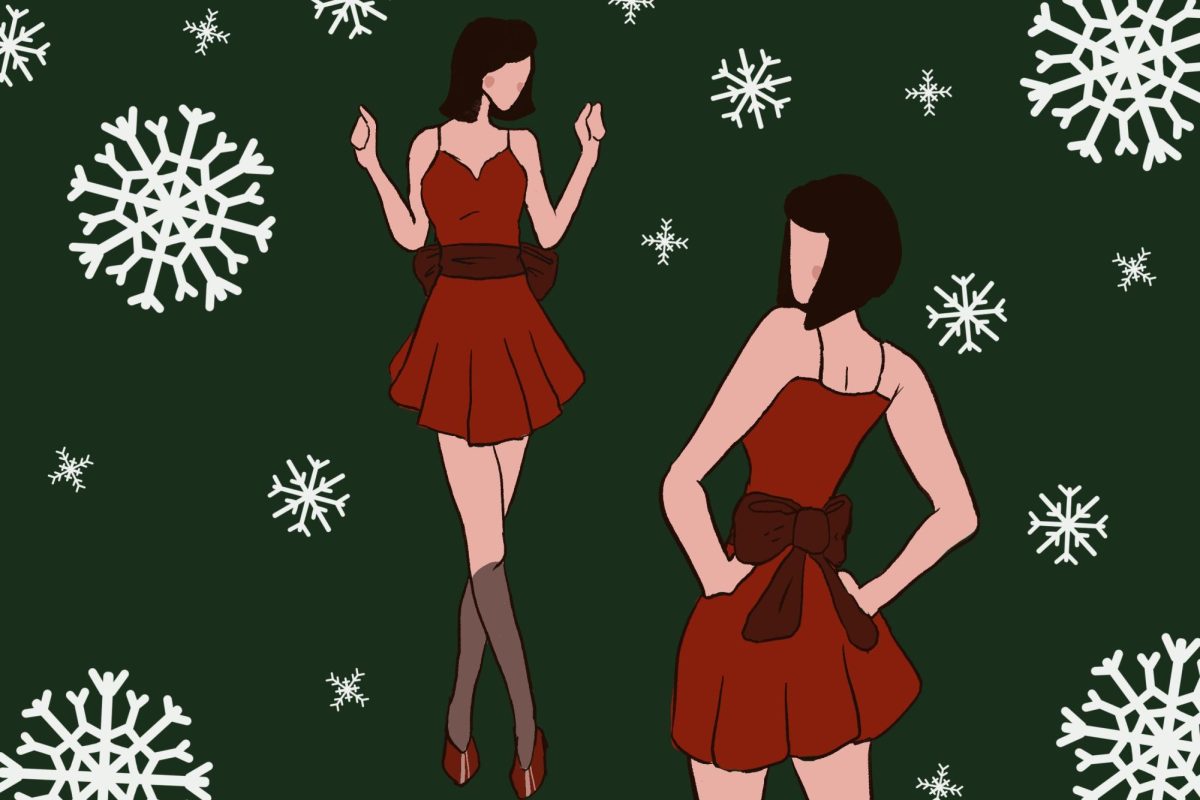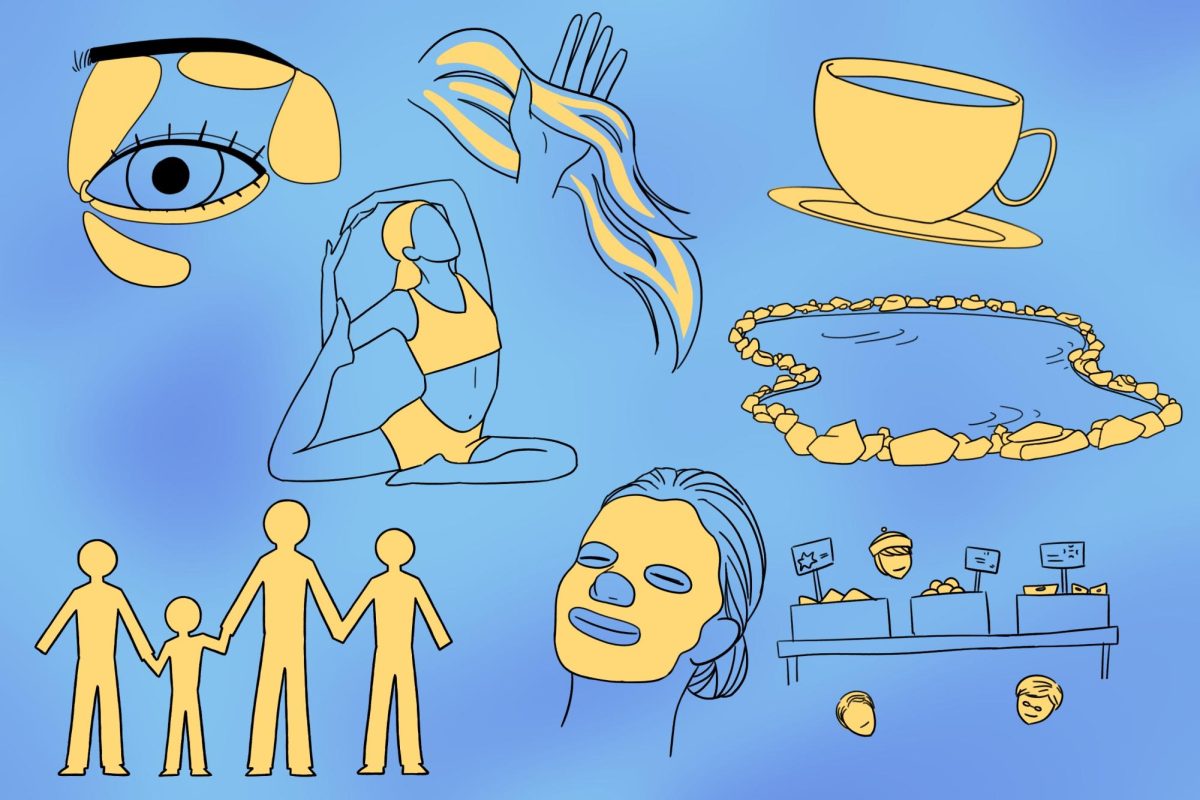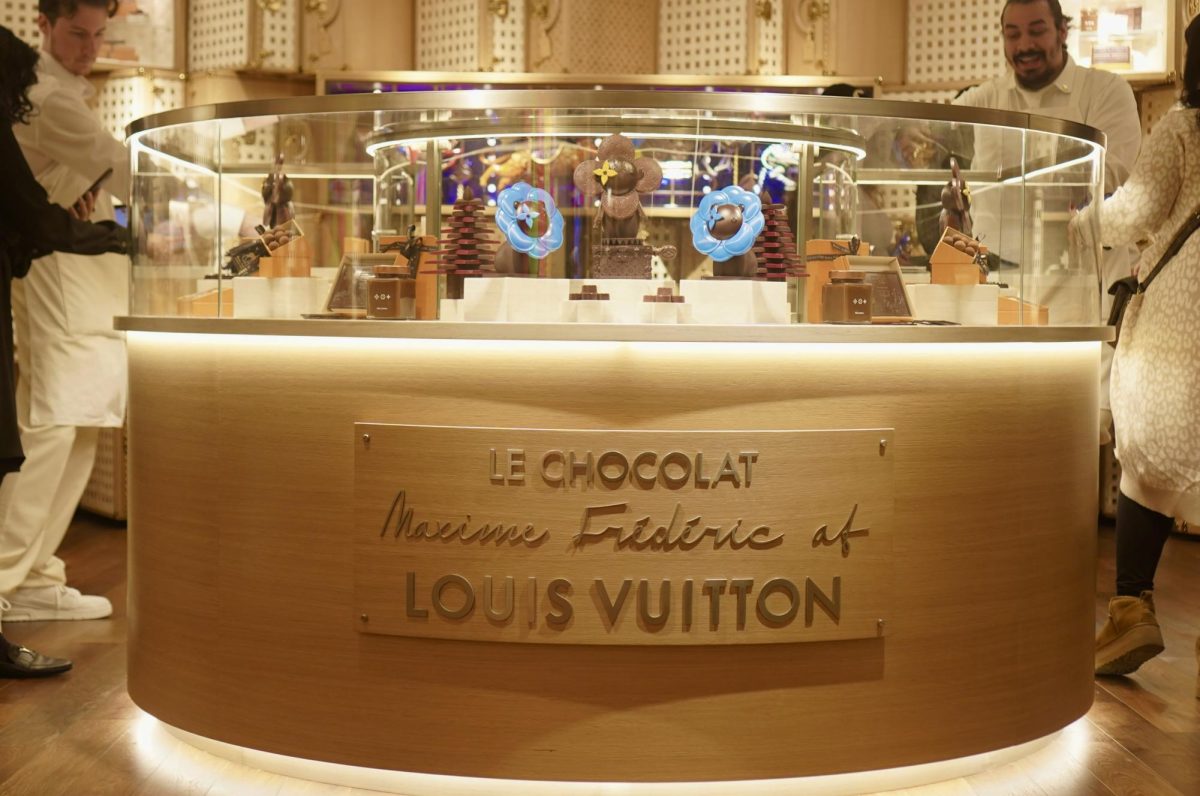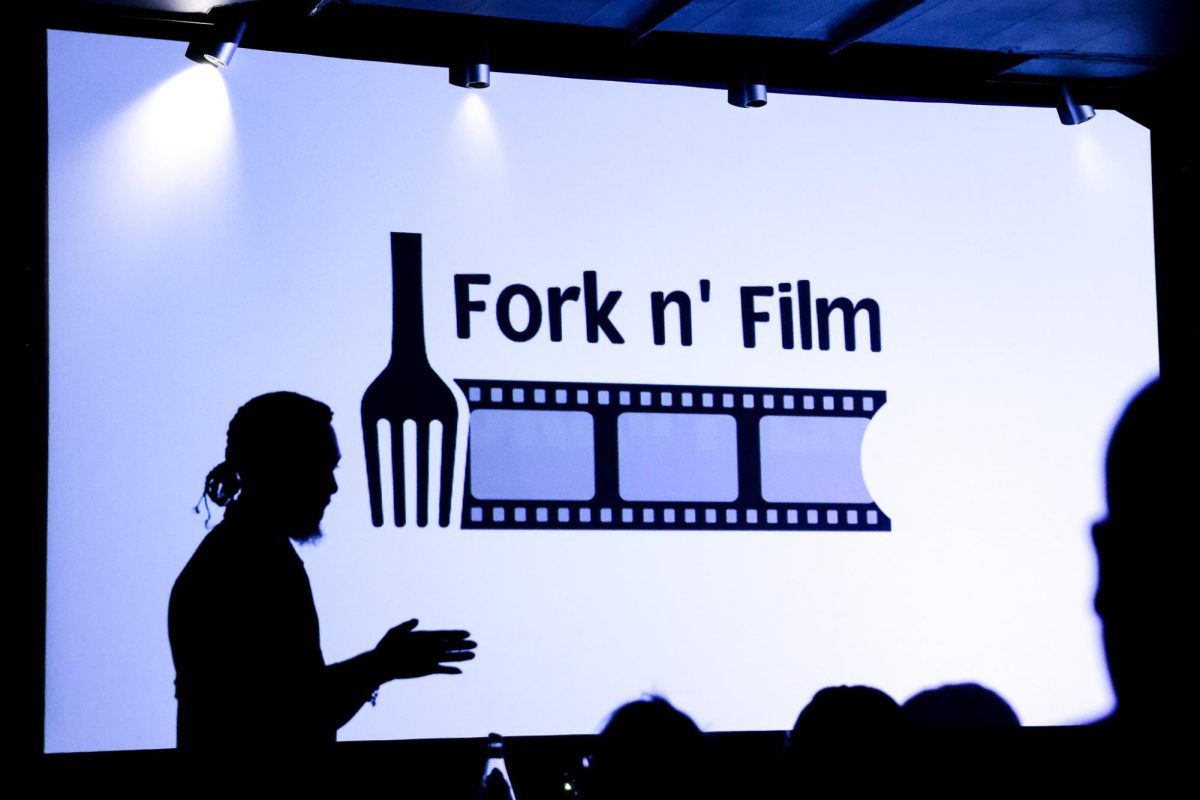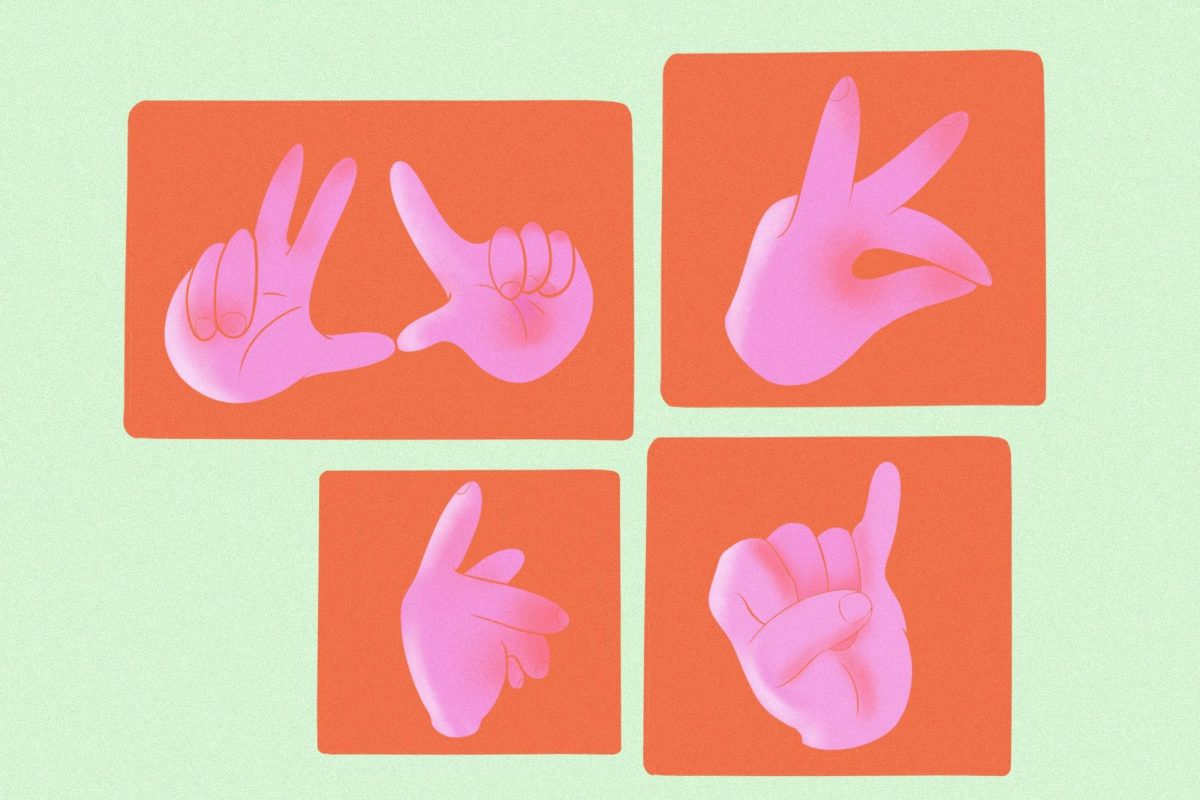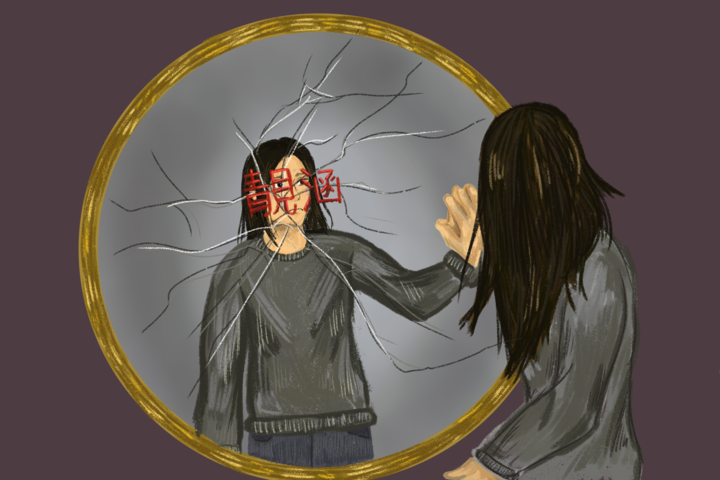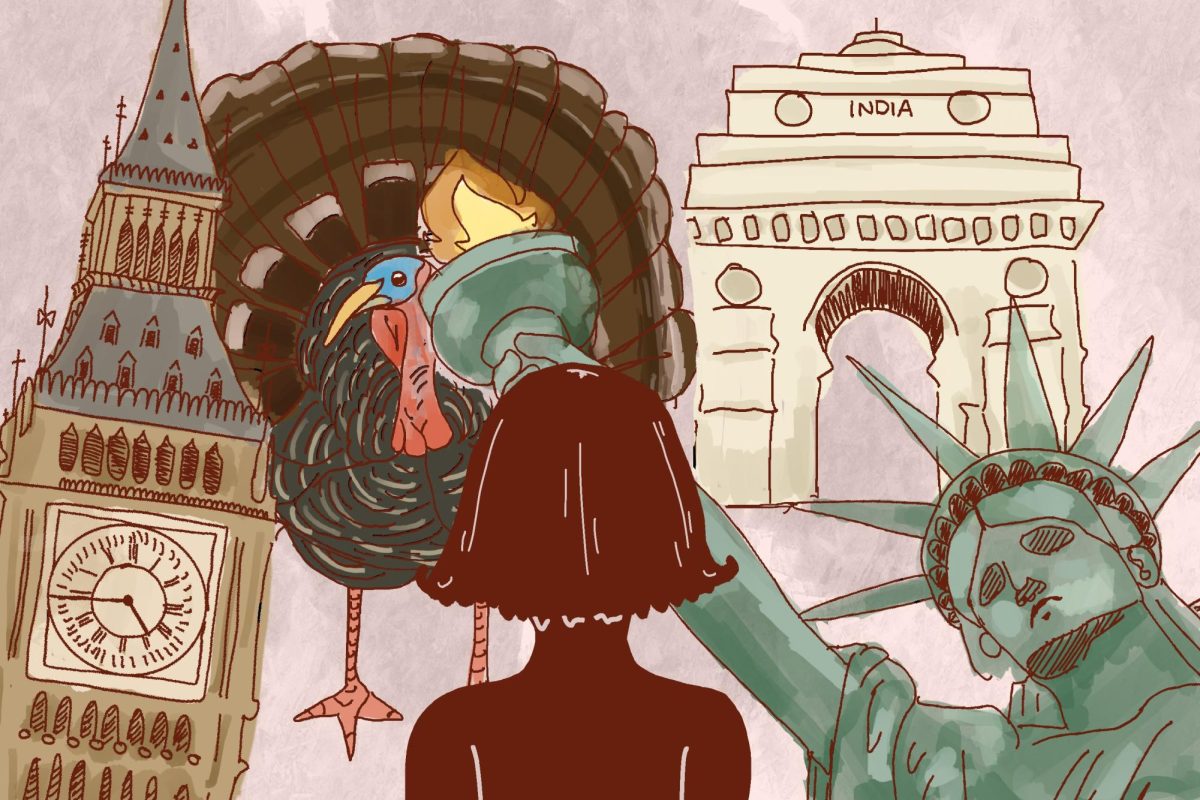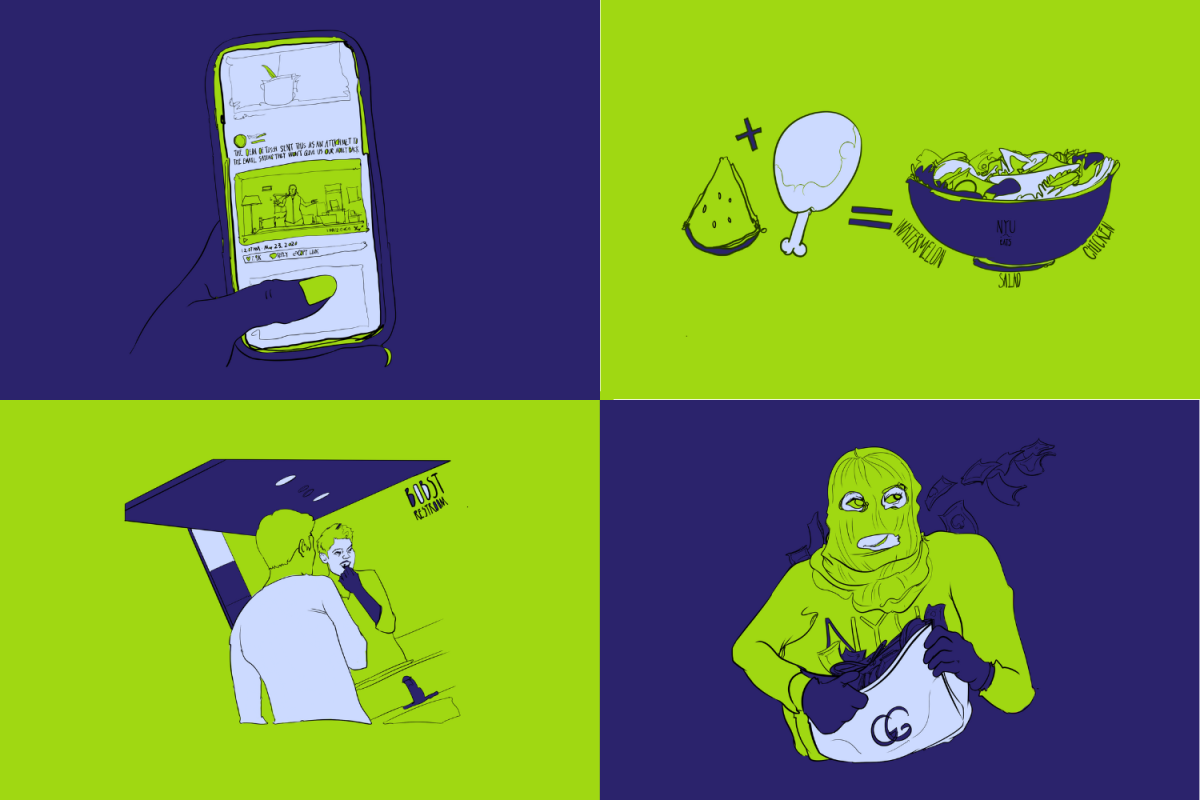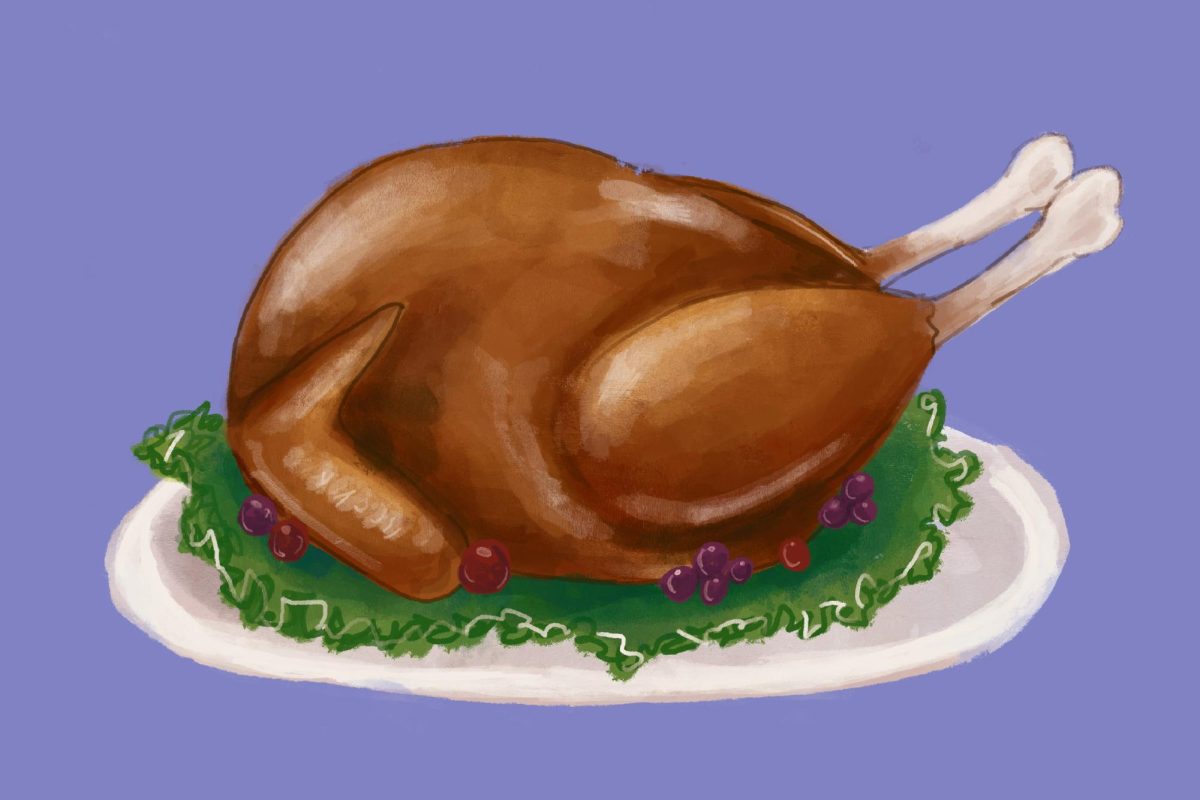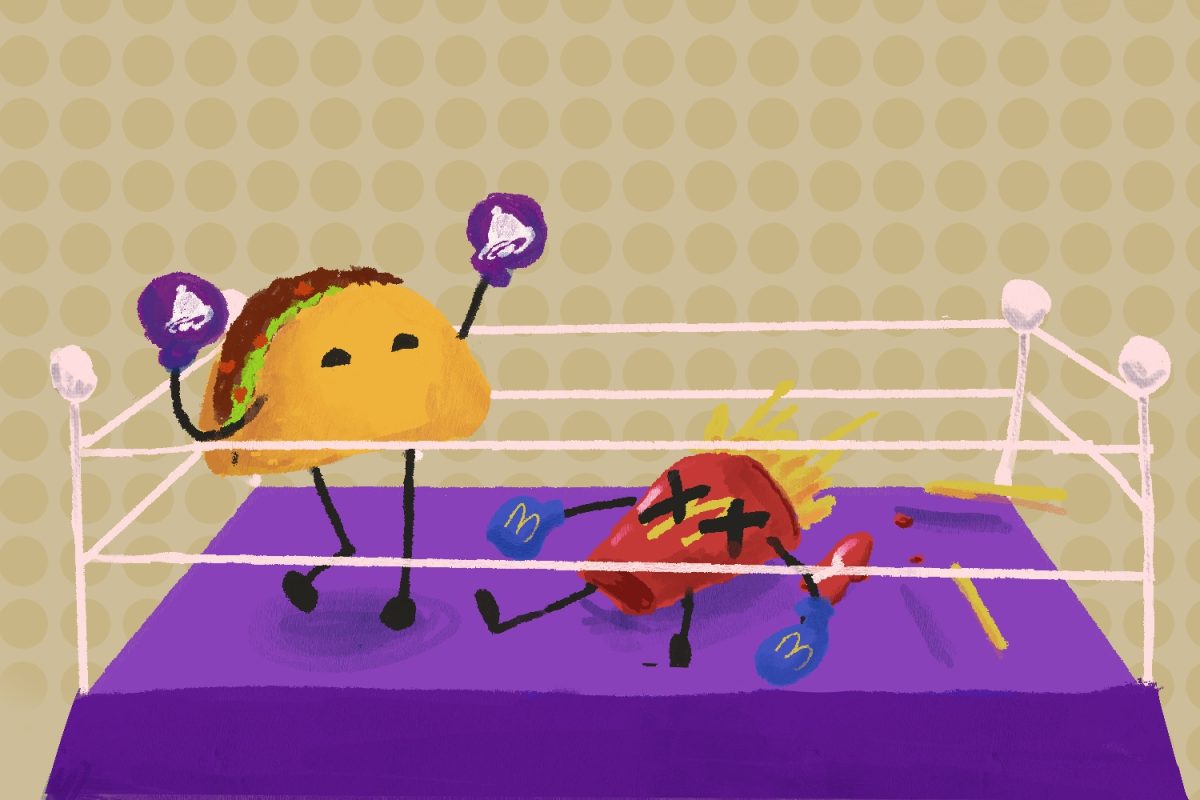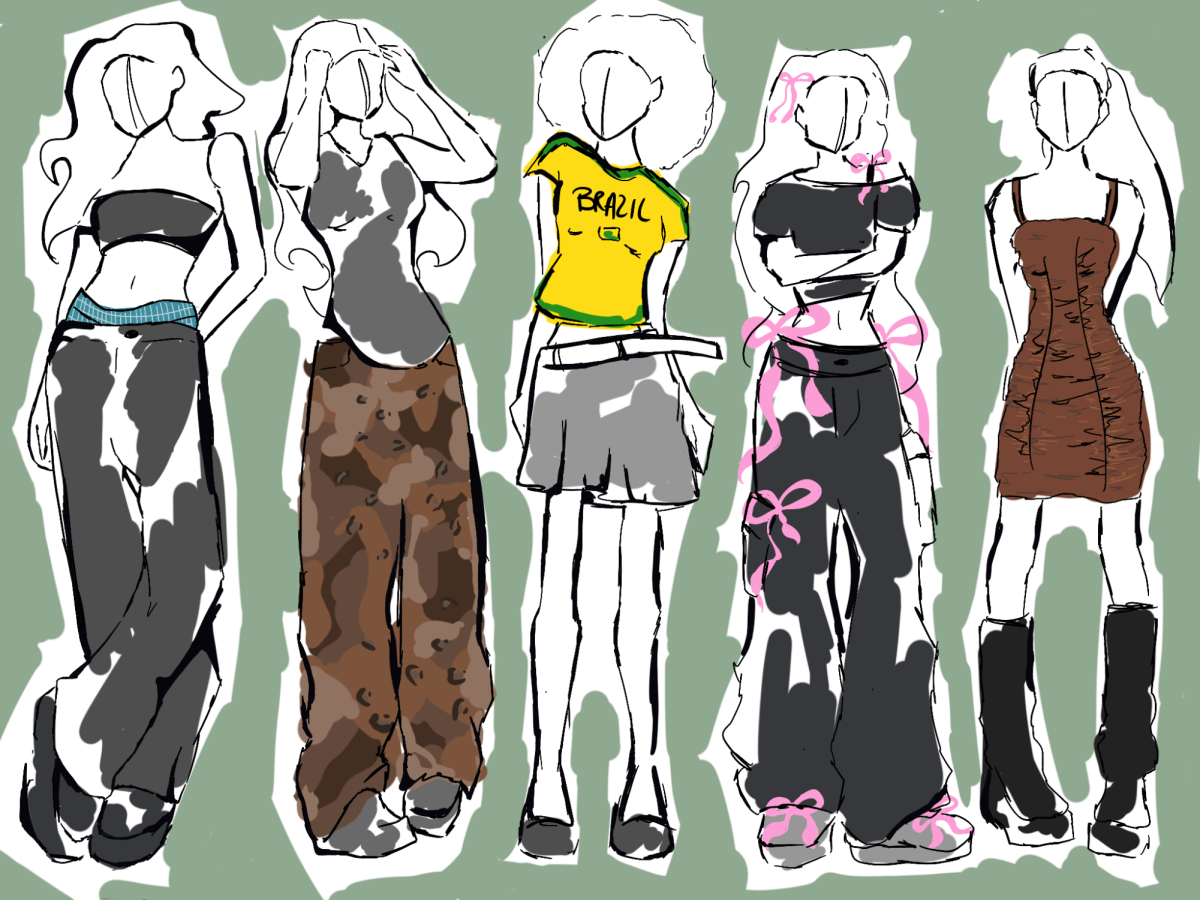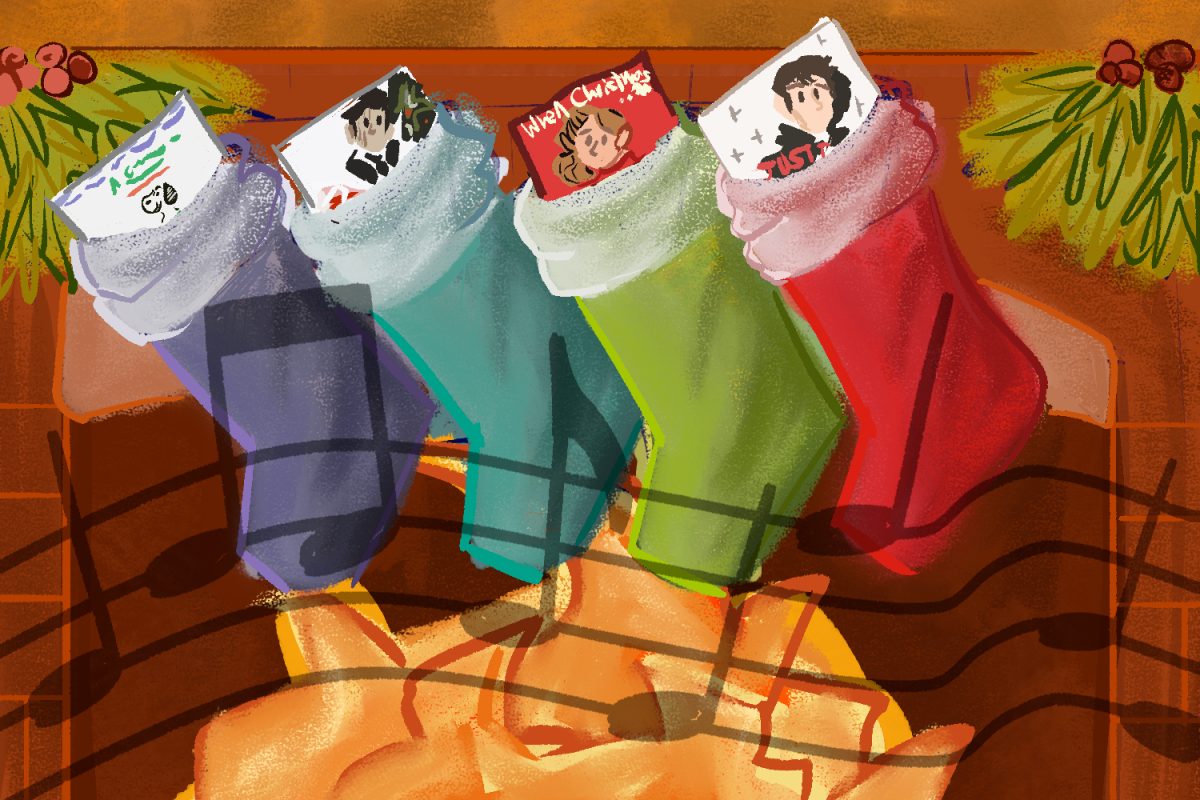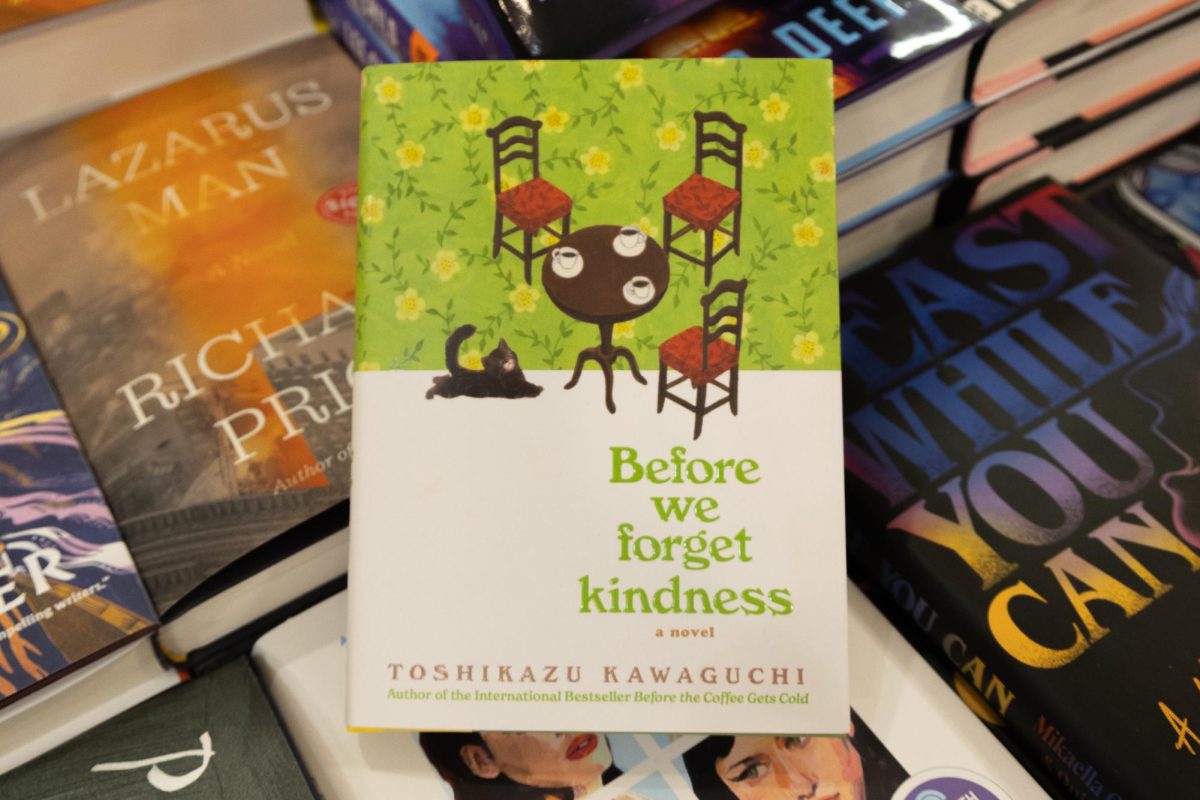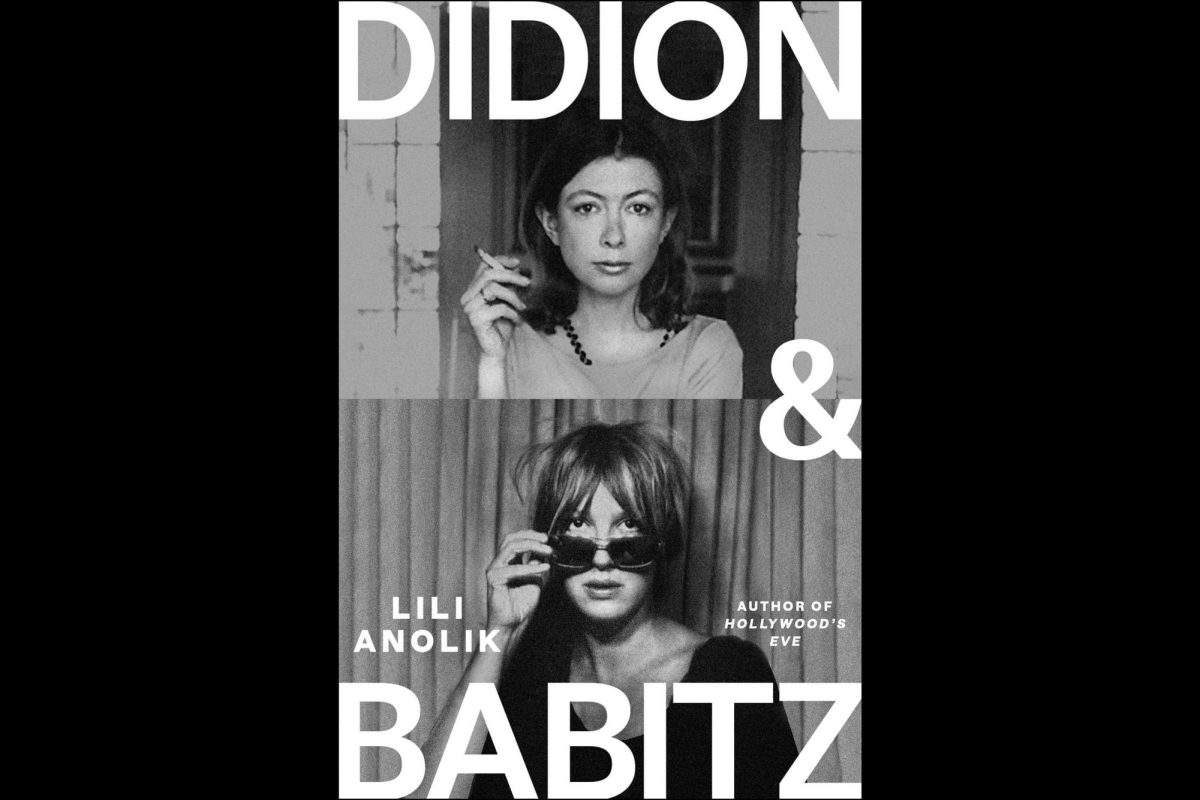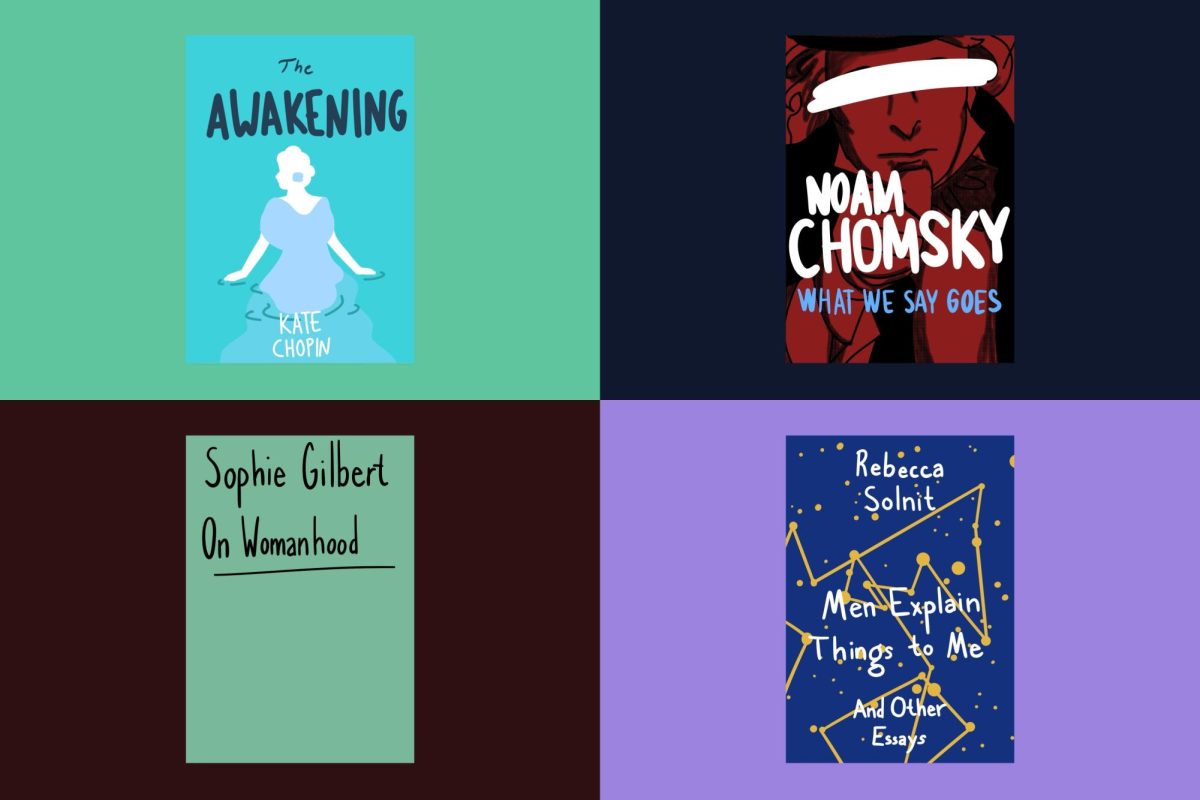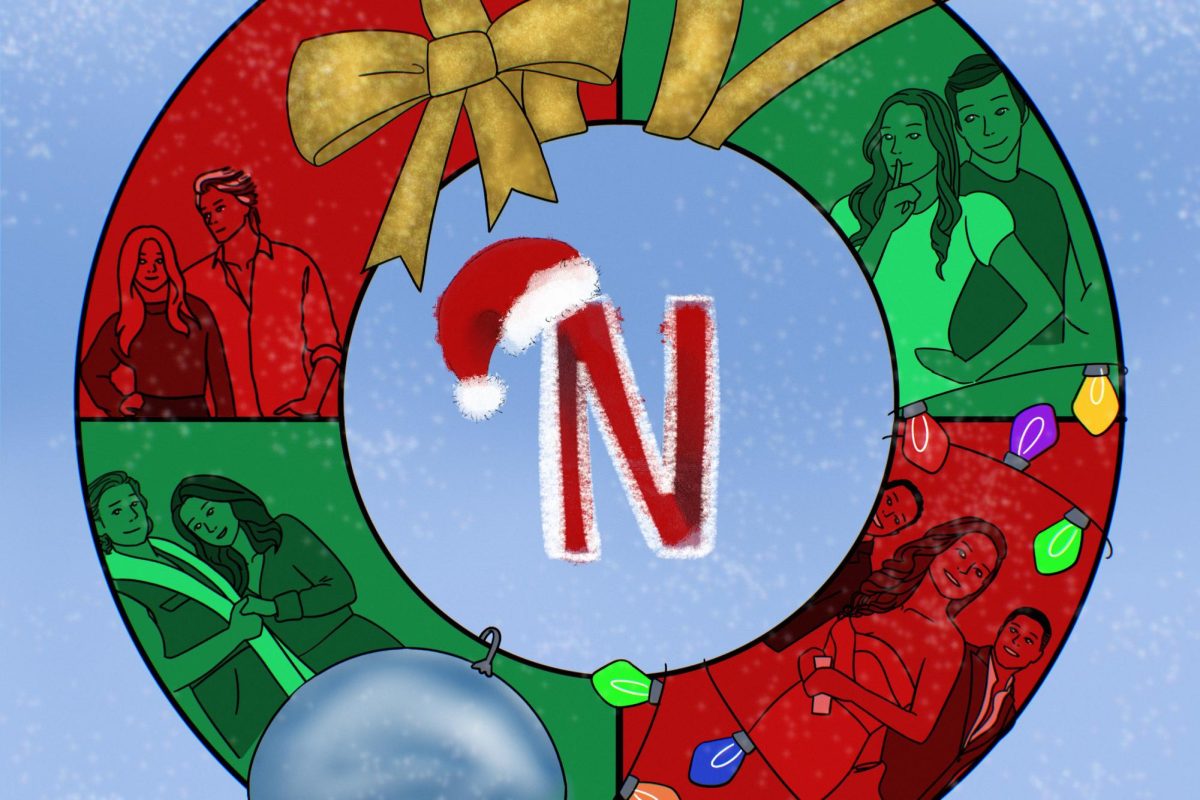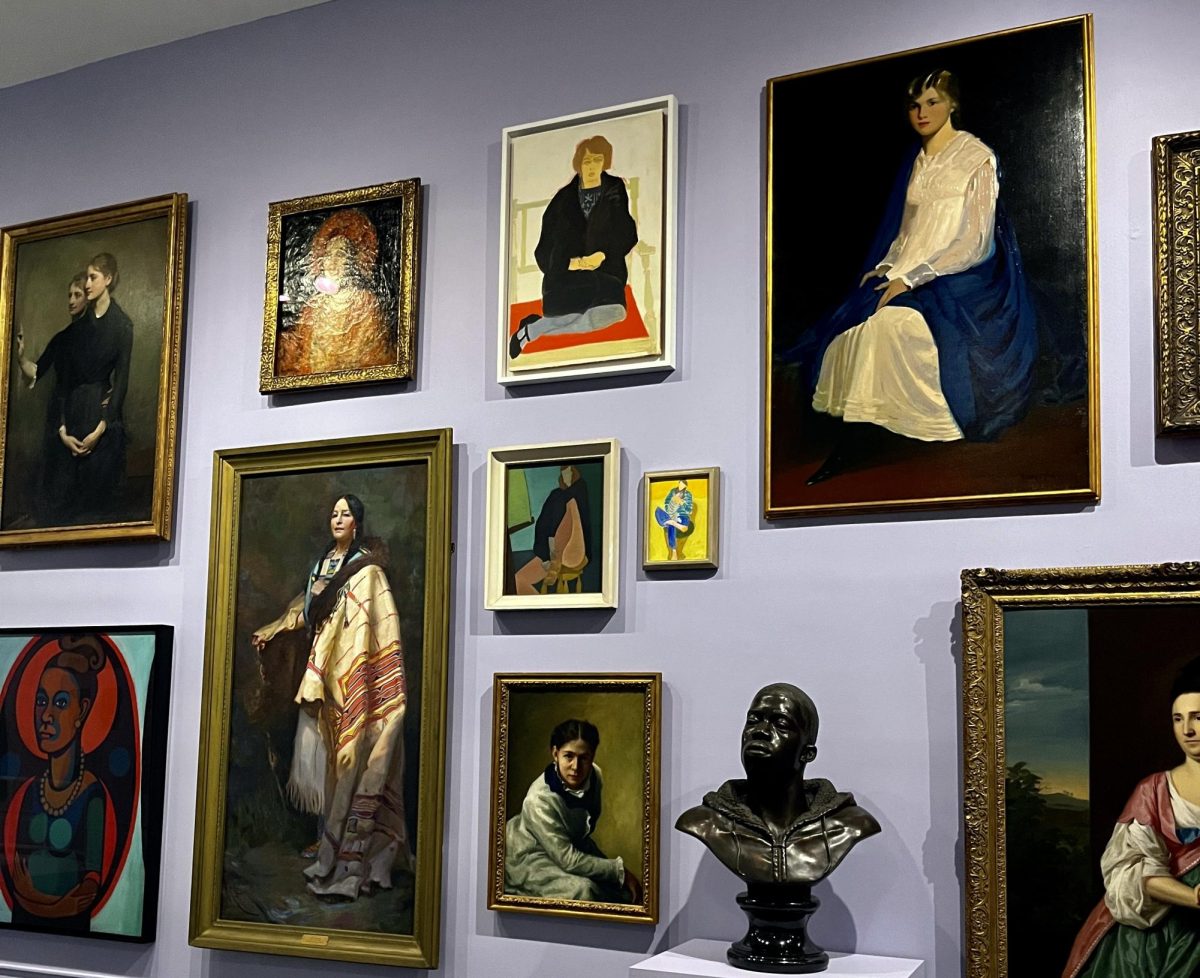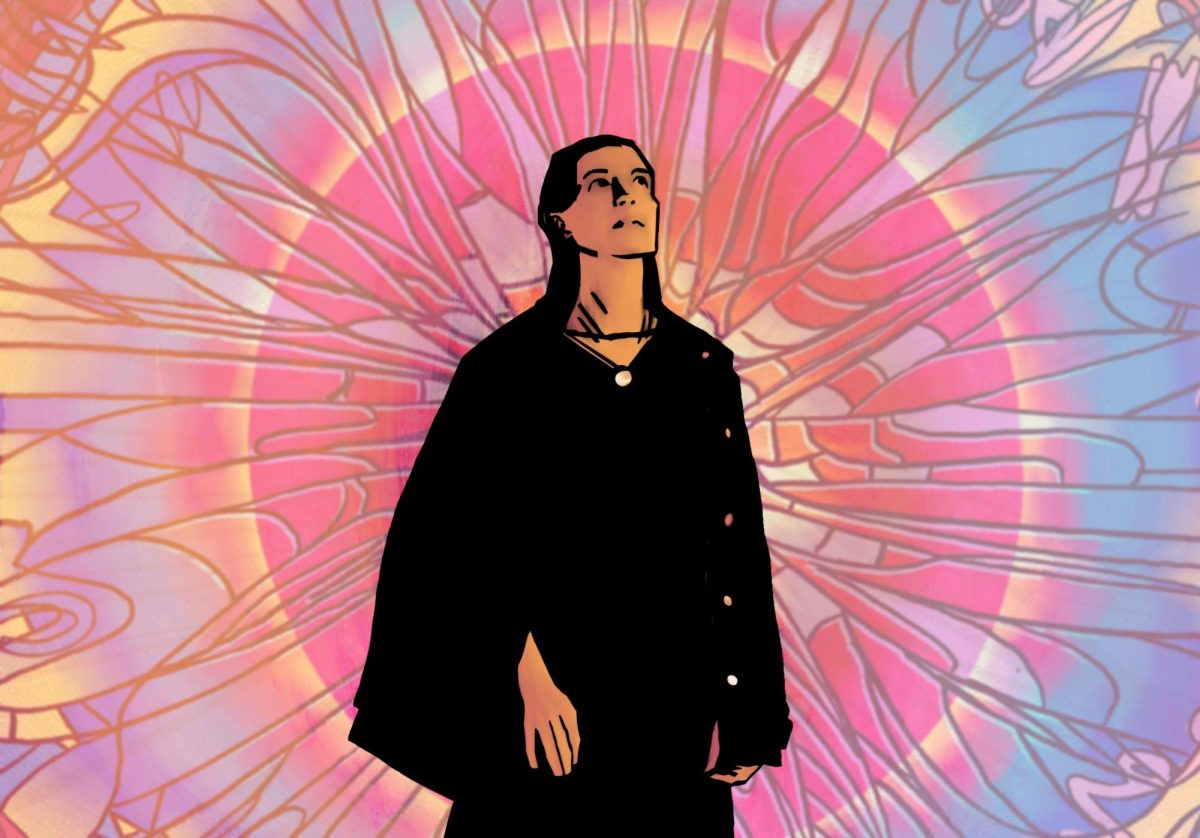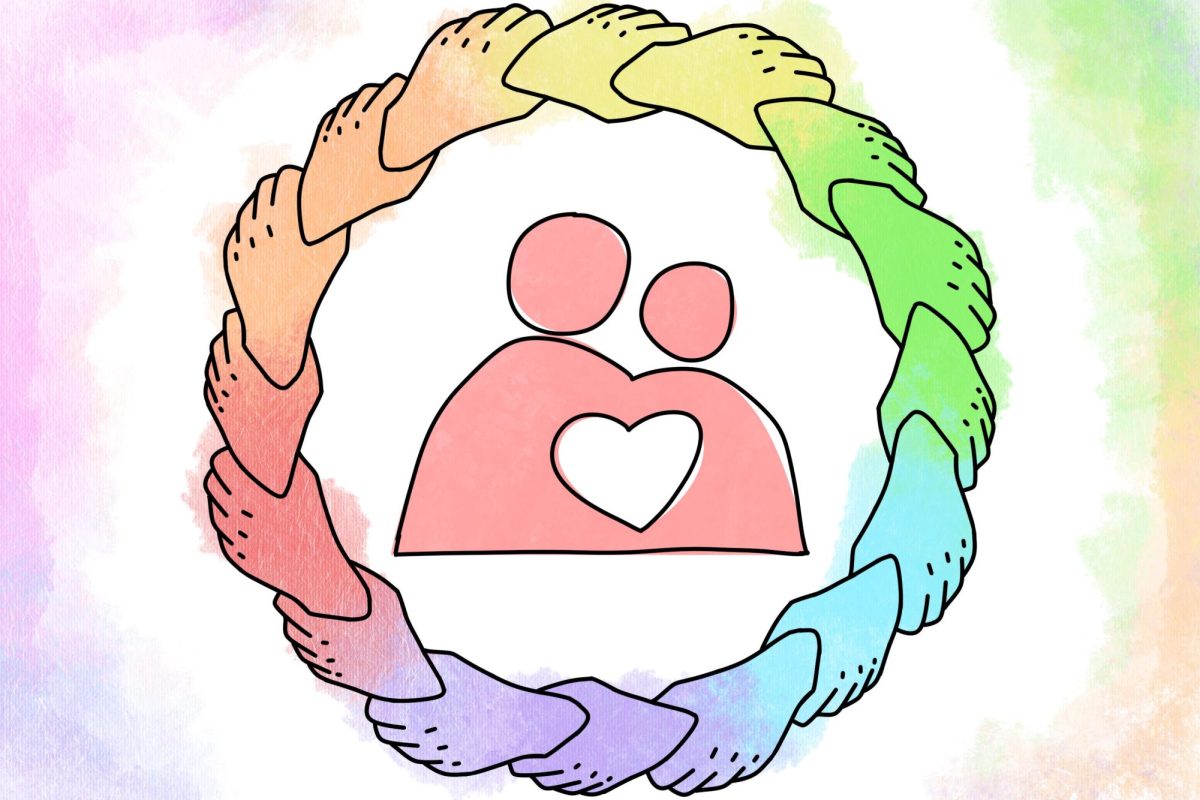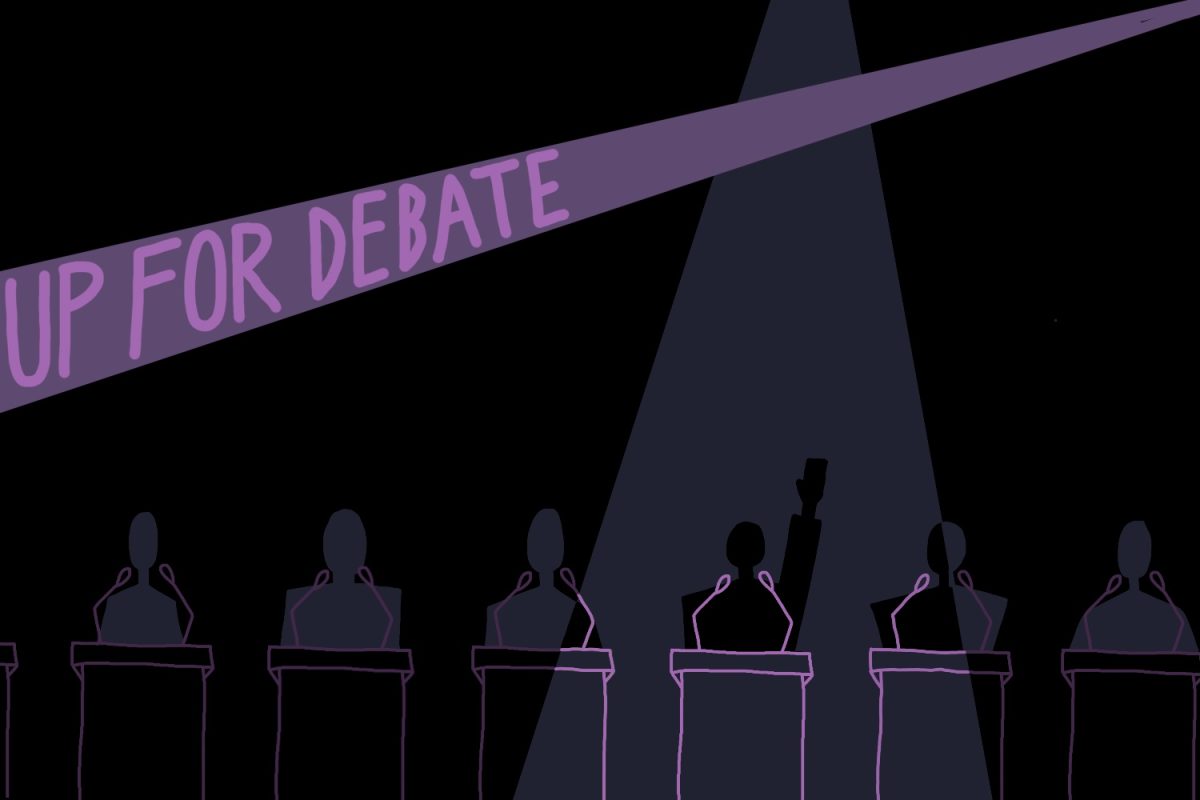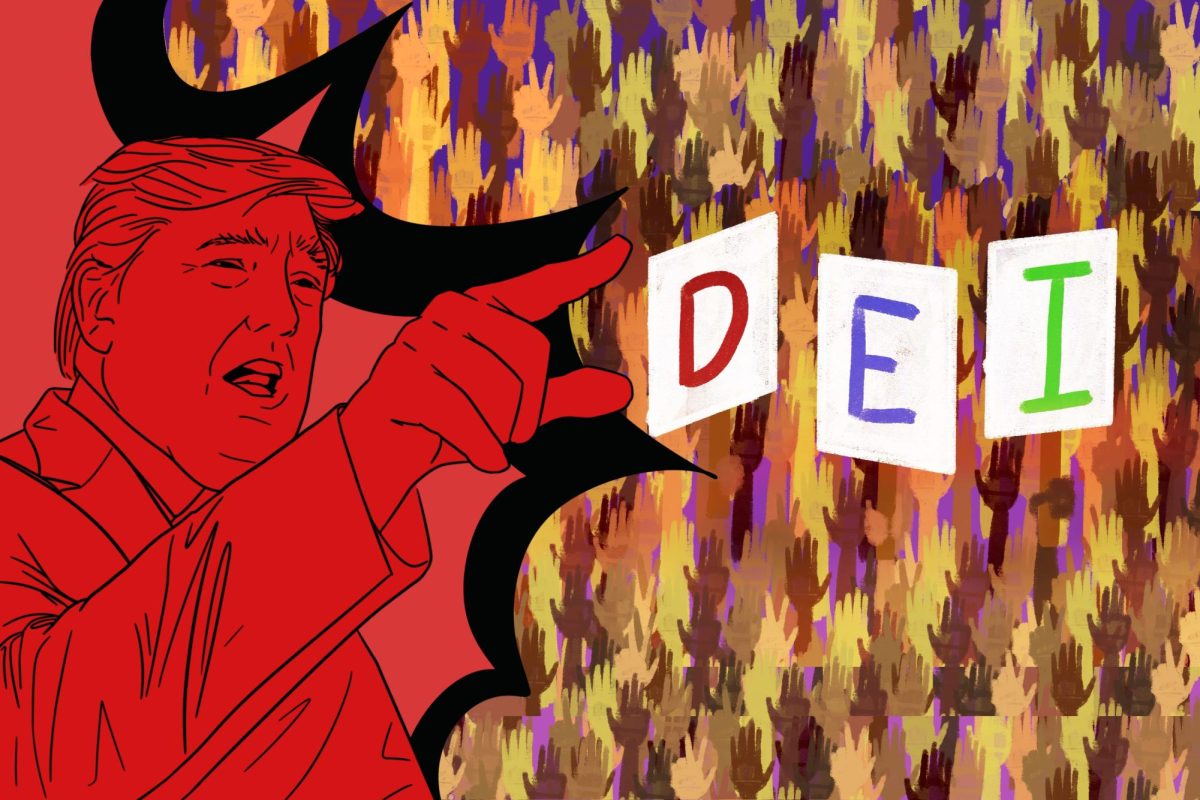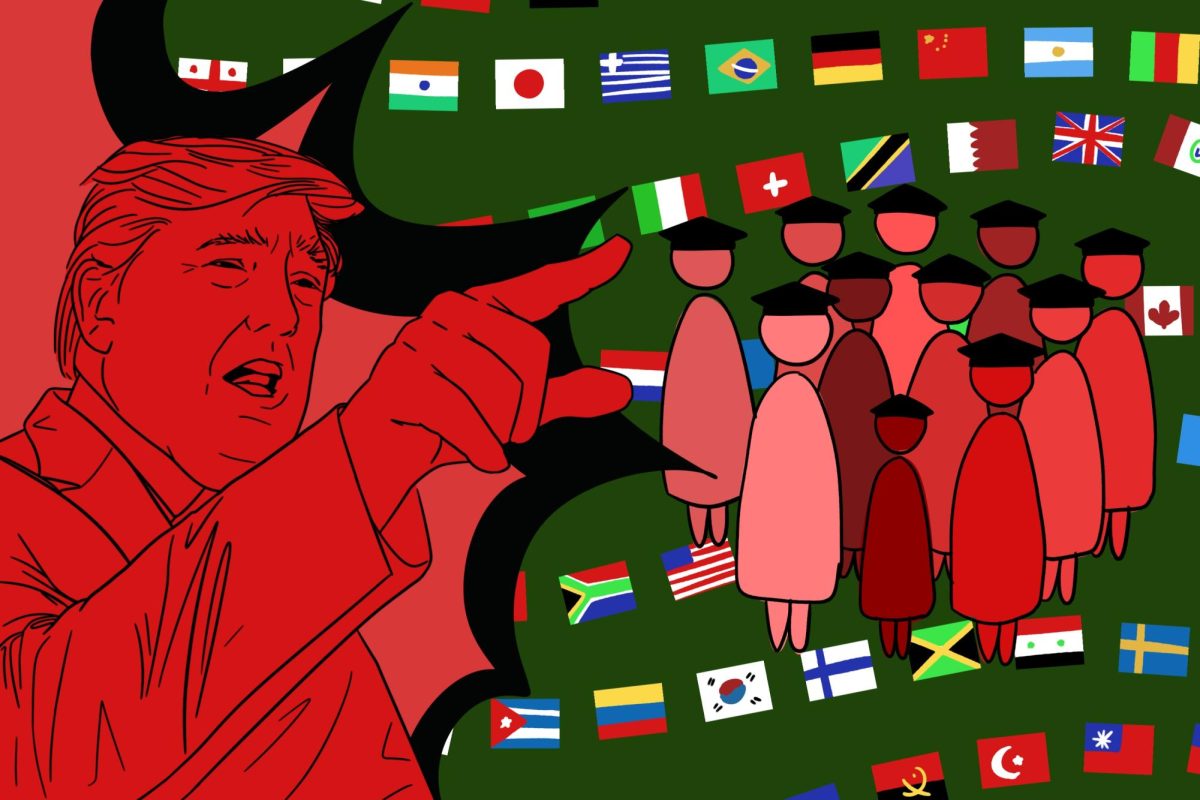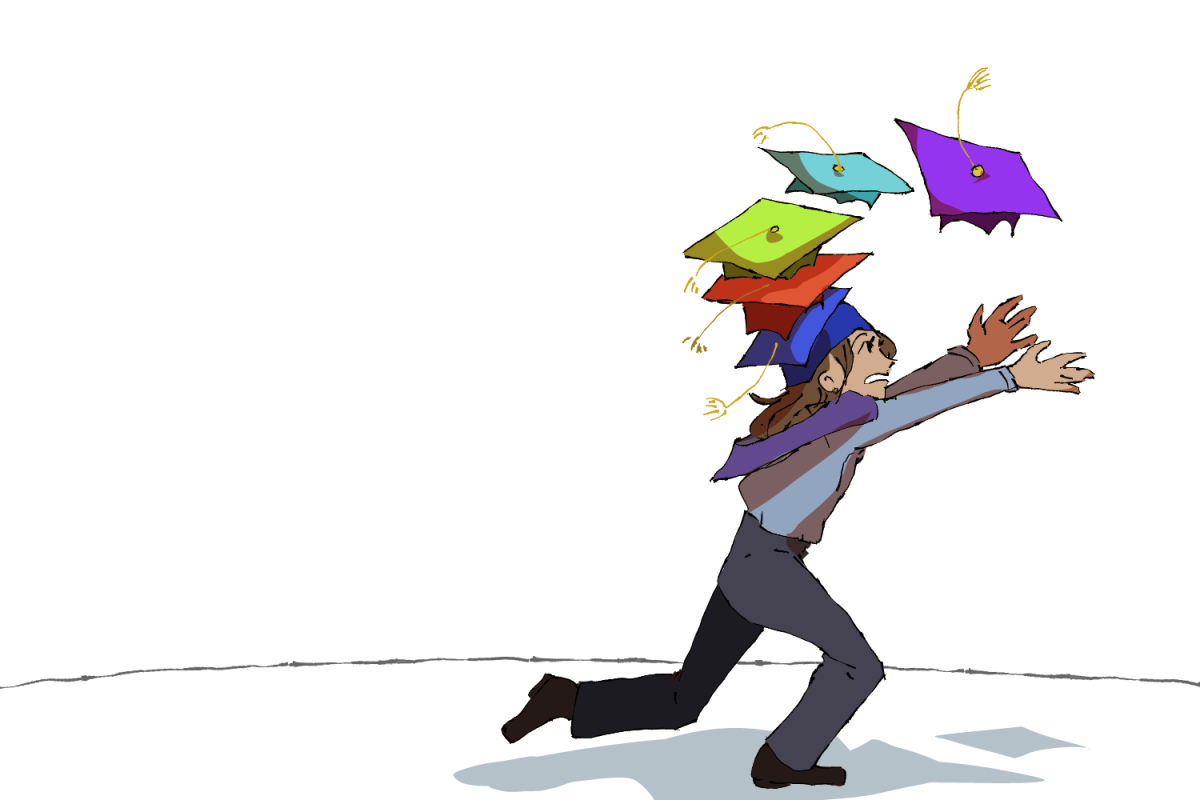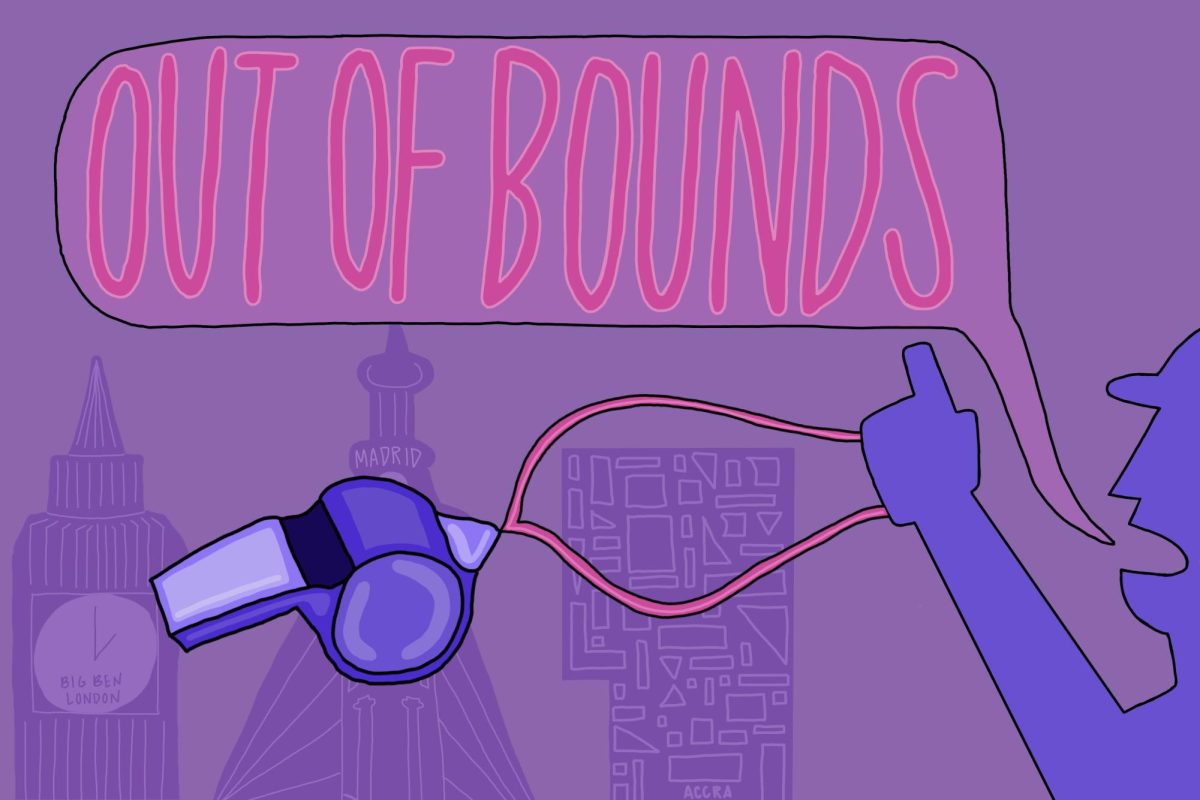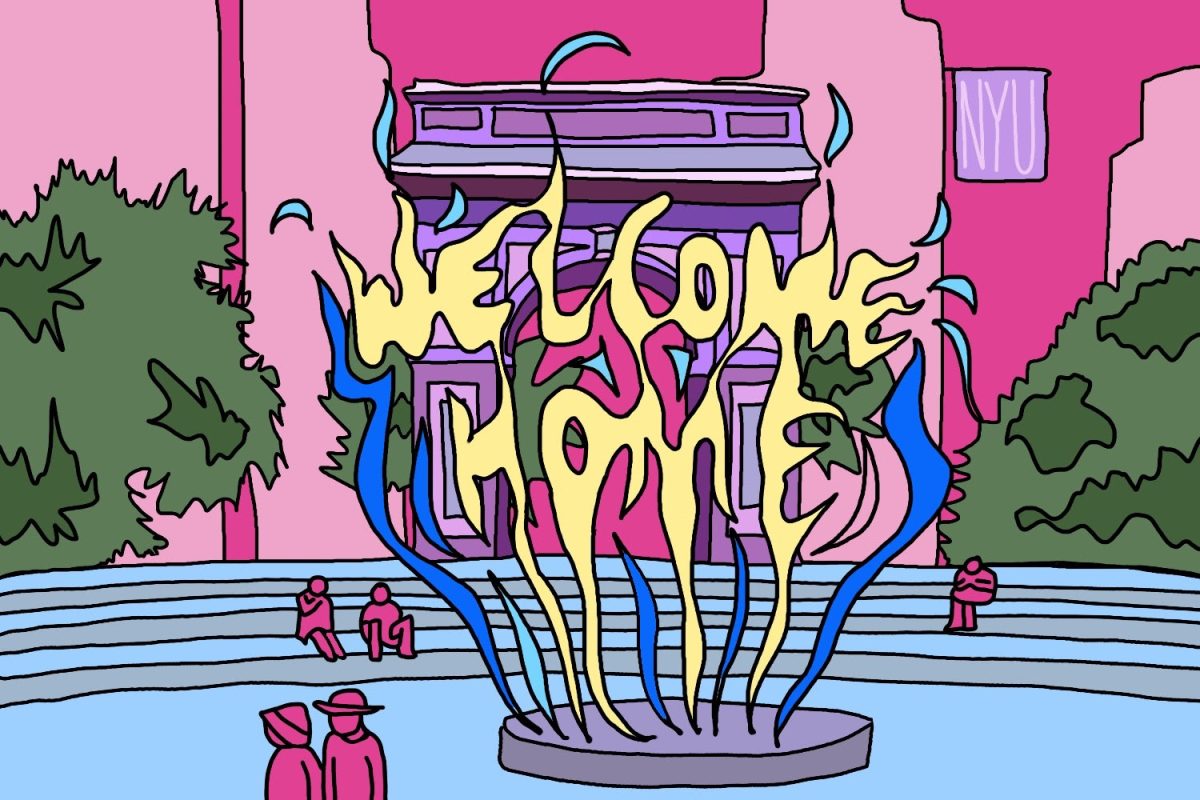I remember my childhood adoration of Disney films. It was like that of any child, really. Perhaps it was the whimsical worlds they marketed to me, inviting me to depart with them into the surreal and the unbelievable. Films in this category, including movies such as The Wizard of Oz, seem to provide not only a wonderful realm of escape, but also embedded values. It would seem that many things in the cultural lexicon are just filled with values, unable to contain the merit of the wisdom of previous generations.
These are films that have endured the tests of time, despite their primitive crudeness in aesthetic. We certainly can create a better-produced film than “The Wizard of Oz,” but it is still a classic. Somehow. For under academic and logical analysis, something else emerges from beneath the saccharine colors and fantasy of our childhoods, making us wonder how we didn’t notice it before.
“The Wizard of Oz,” for one, is a classic musical film that is an adaptation of the beloved Frank L. Baum book, “The Wonderful Wizard of Oz,” written in 1900. There are aspects of the film, though, that are highly differentiated from the original text, yet that somehow make all the difference in the context of the message it conveys. For instance, the film’s whole exposition did not exist in the book. Nor did the last scene of the film. And yet the book still makes sense. Why, then, include these elements in an otherwise coherent and exciting plot? According to academics and psychologists, the film hints at Freudian concepts, and furthermore, a justification of emotional swaddling. The whole breakdown within itself is elaborate and complicated, but it answers plot holes that simply don’t make sense in the film, such as the question of why Dorothy would gladly return home when we have clearly been presented with how miserable she was, or why Glinda would not tell Dorothy from the beginning that she could return home at any time. One must ask these questions to understand how the façade of a harmless film actually implicates much darker themes.
Disney is the epitome of the American childhood cultural lexicon, for even the oldest of adults has some fond remembrance of Disney and the days of yore. As a staple of the time, the zeitgeist, it is understandable, but why we carry these films in a society bent on progress as pedagogues is ludicrous. Forget that Disney has from the beginning always been a capitalist venture — Walt Disney was a better businessman than actual artist, and Disney still remains a lucrative business today that heaps over $40 billion annually with massive shares in ESPN and Lifetime/A&E. The problem is also that it is more than possible to make engaging children’s films that promote healthy values, given the examples of both Pixar and Studio Ghibli. Essentially, this is a company that has been producing children’s films for almost a century, and yet they have only recently stopped promoting closed-minded stereotypes, and even their more racially diverse films are highly Anglicized.
Disney is accepted as the equivalent of childhood mirth in the American culture, very much like McDonald’s is in food, for they market to children for the sake of loyalty, unconcerned with the repercussions. It is the 16th century chivalry of the culture. Disney and “The Wizard of Oz” are two examples of icons deeply embedded into the cultural lexicon which are seldom questioned or analyzed, for at a certain point it almost becomes dogma.
Nikolas Reda-Castelao is a contributing columnist. Email him at [email protected].







